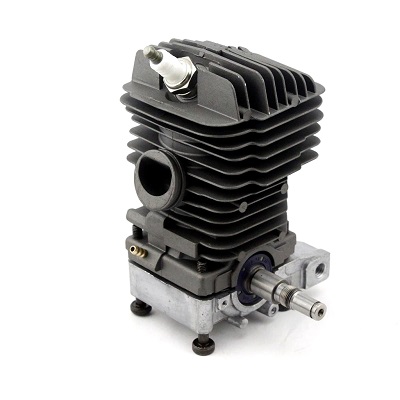The Black Ink Team’s Guide To How Internal Combustion Engines Work
by Black Ink Team
What do cars, boats, RVs, motorcycles, and lawn mowers all have in common? They are all powered by internal combustion engines - or, at least the ones that run on gas are. A growing amount now run on electricity. But, how do internal combustion engines work? If you are looking for the answer to this question, then you’ve come to the right place.
Internal combustion engines are complicated pieces of machinery and have lots of moving parts, but we will easy to understand for you. First, there’s the engine block, which is a heavy piece of metal that holds all of the other parts together. Many, many small explosions occur inside the engine block, so it has to be built to last.
Inside the engine block there’s the cylinders. Different engines have different numbers of cylinders - generally speaking, the more cylinders you have the more horsepower you get, but that is not always the case. One or two cylinder engines are common for motorcycles; four, six, and eight cylinder engines are common for cars.

The role of the cylinder is to give another part, the piston, a place to move in. Pistons moving up and down (or side to side) is what causes engines to produce power. Their movement happens in cycles. At one end of the cylinder, there’s the spark plug and two valves - an intake and an exhaust. At the beginning of every cycle, fuel enters the cylinder through the intake valve. Then, the spark plug ignites the fuel. This pushes the piston towards the other end of the cylinder.
At the other end of the cylinder, the end of the piston is connected to the crankshaft, which is a part that converts the linear movement of the pistons into rotational movement. Once the piston reaches its farthest point, the exhaust valve opens and the spent fuel gets vented. Then, the whole cycle repeats.
There you have it - you now know how internal combustion engines produce rotational movement. Mini explosions occur, which propel pistons, which turn a crankshaft. After that, you still need a transmission and some wheels (or a propeller) to get some use out of your engine - but the engine’s one job, making something turn, is complete.
